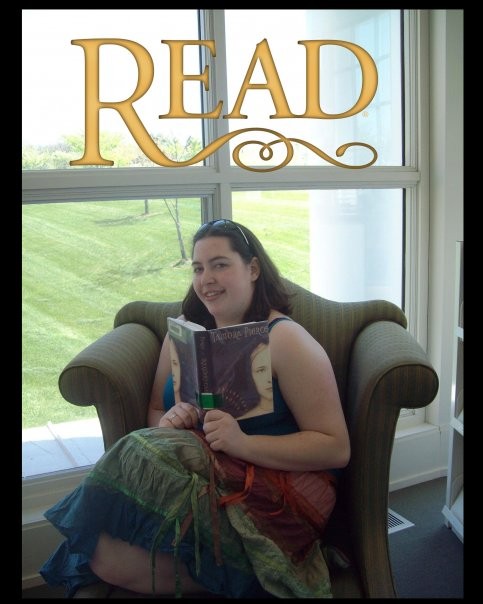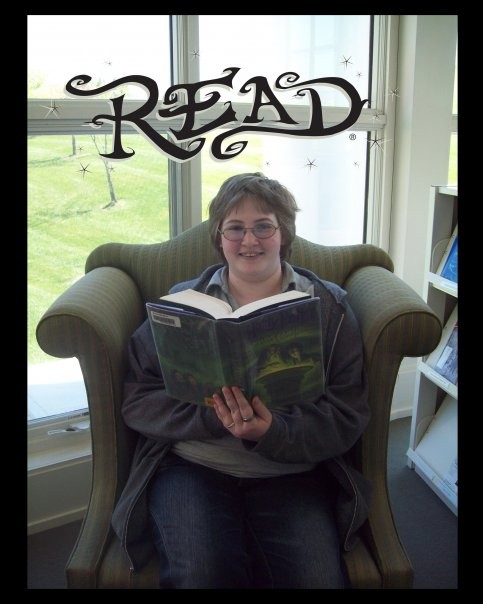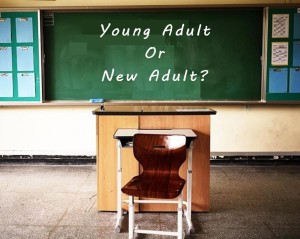 Back in the misty reaches of time, books came in two types: fiction and non-fiction. It was usually pretty easy to tell the two apart. Fiction was a story someone made up. Non-fiction was supposed to be the opposite.
Back in the misty reaches of time, books came in two types: fiction and non-fiction. It was usually pretty easy to tell the two apart. Fiction was a story someone made up. Non-fiction was supposed to be the opposite.
Then, in 1876, a guy named Melvil Dewey invented a system to organize and categorize every type of non-fiction book. Not long after, the concept of genre fiction was born – although we can blame Aristotle for the idea, as his Poetics was (apparently) the first attempt to categorize dramatic works as either comedy or tragedy.
 Regardless, by the early 1900s – aided and abetted by marketers – fiction was being sliced and diced into ever more numerous categories. Wikipedia’s entry on genre fiction lists nine genres, each with corresponding subgenres. The entry on fantasy subgenres, for example, lists ten categories when sorted by theme, or five when sorted by setting. Several of these subgenres have sub-subgenres, and many overlap with subgenres of other genres. Paranormal romance falls into both the fantasy and the romance genres. Or sci-fi, if the magic happens on another planet. Or historical, if the magic happens in the past. Or young adult, if the magic happens to teenagers. Continue reading “Why Write YA?”
Regardless, by the early 1900s – aided and abetted by marketers – fiction was being sliced and diced into ever more numerous categories. Wikipedia’s entry on genre fiction lists nine genres, each with corresponding subgenres. The entry on fantasy subgenres, for example, lists ten categories when sorted by theme, or five when sorted by setting. Several of these subgenres have sub-subgenres, and many overlap with subgenres of other genres. Paranormal romance falls into both the fantasy and the romance genres. Or sci-fi, if the magic happens on another planet. Or historical, if the magic happens in the past. Or young adult, if the magic happens to teenagers. Continue reading “Why Write YA?”
Like this:
Like Loading...
 All these categories: Young Adult, New Adult, Adult… it can get confusing. Some may have graphic sex, some don’t, some shouldn’t. They all target different age groups. How can someone tell the difference?
All these categories: Young Adult, New Adult, Adult… it can get confusing. Some may have graphic sex, some don’t, some shouldn’t. They all target different age groups. How can someone tell the difference?
 Guest post
Guest post Back in the misty reaches of time, books came in two types: fiction and non-fiction. It was usually pretty easy to tell the two apart. Fiction was a story someone made up. Non-fiction was supposed to be the opposite.
Back in the misty reaches of time, books came in two types: fiction and non-fiction. It was usually pretty easy to tell the two apart. Fiction was a story someone made up. Non-fiction was supposed to be the opposite. Regardless, by the early 1900s – aided and abetted by marketers – fiction was being sliced and diced into ever more numerous categories. Wikipedia’s entry on genre fiction lists nine genres, each with corresponding subgenres. The entry on fantasy subgenres, for example, lists ten categories when sorted by theme, or five when sorted by setting. Several of these subgenres have sub-subgenres, and many overlap with subgenres of other genres. Paranormal romance falls into both the fantasy and the romance genres. Or sci-fi, if the magic happens on another planet. Or historical, if the magic happens in the past. Or young adult, if the magic happens to teenagers.
Regardless, by the early 1900s – aided and abetted by marketers – fiction was being sliced and diced into ever more numerous categories. Wikipedia’s entry on genre fiction lists nine genres, each with corresponding subgenres. The entry on fantasy subgenres, for example, lists ten categories when sorted by theme, or five when sorted by setting. Several of these subgenres have sub-subgenres, and many overlap with subgenres of other genres. Paranormal romance falls into both the fantasy and the romance genres. Or sci-fi, if the magic happens on another planet. Or historical, if the magic happens in the past. Or young adult, if the magic happens to teenagers. 